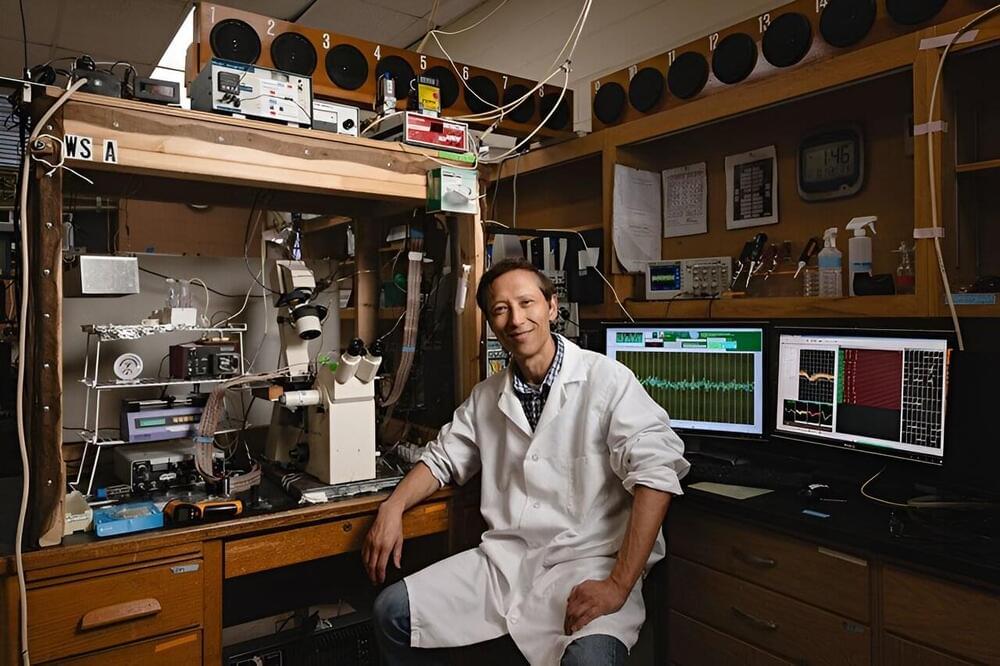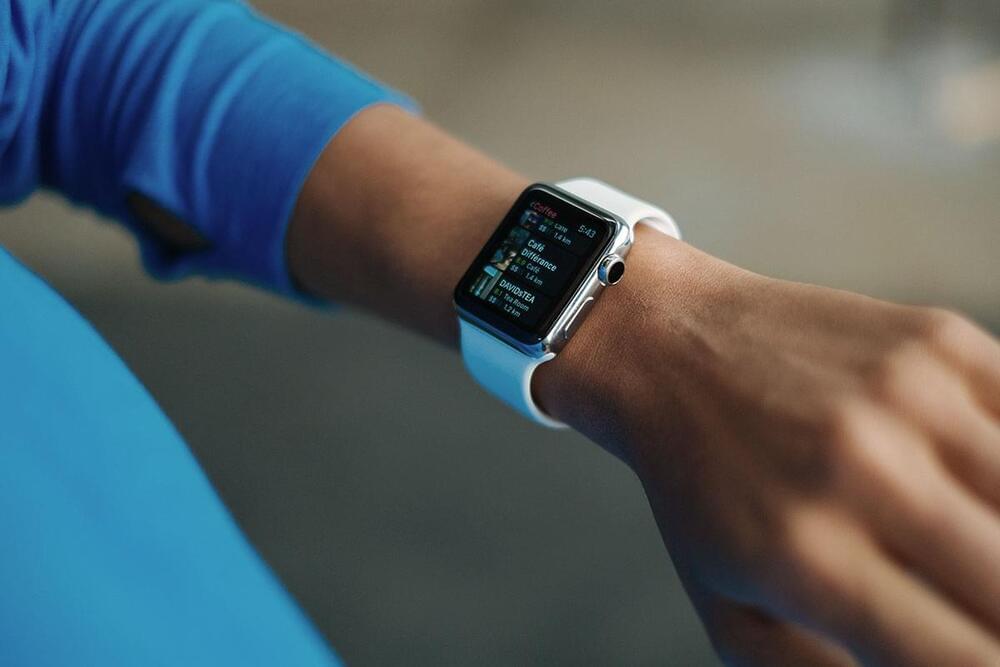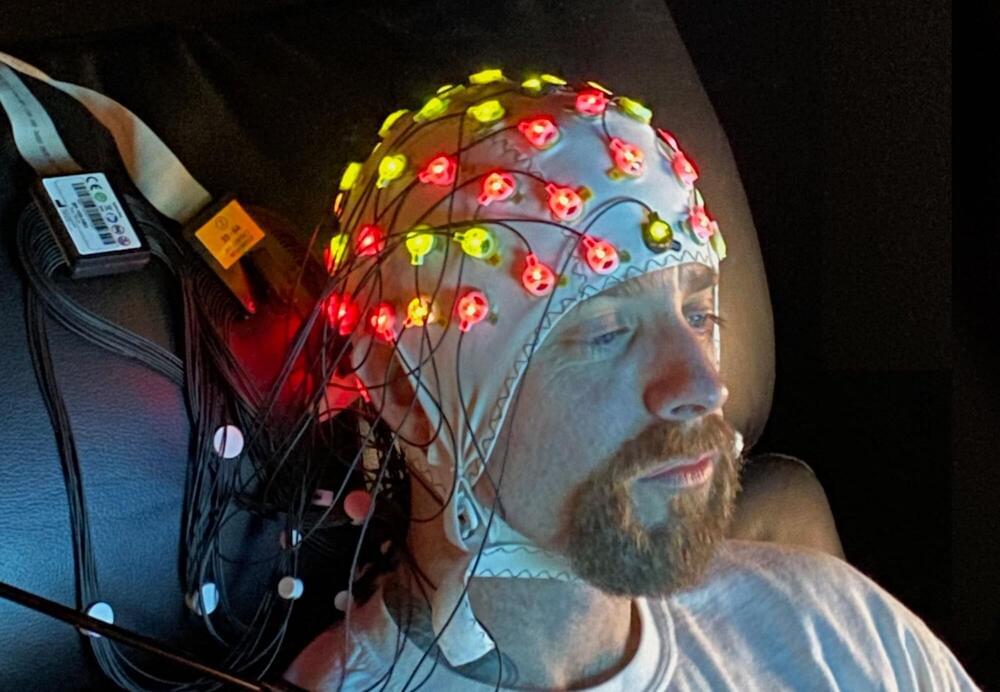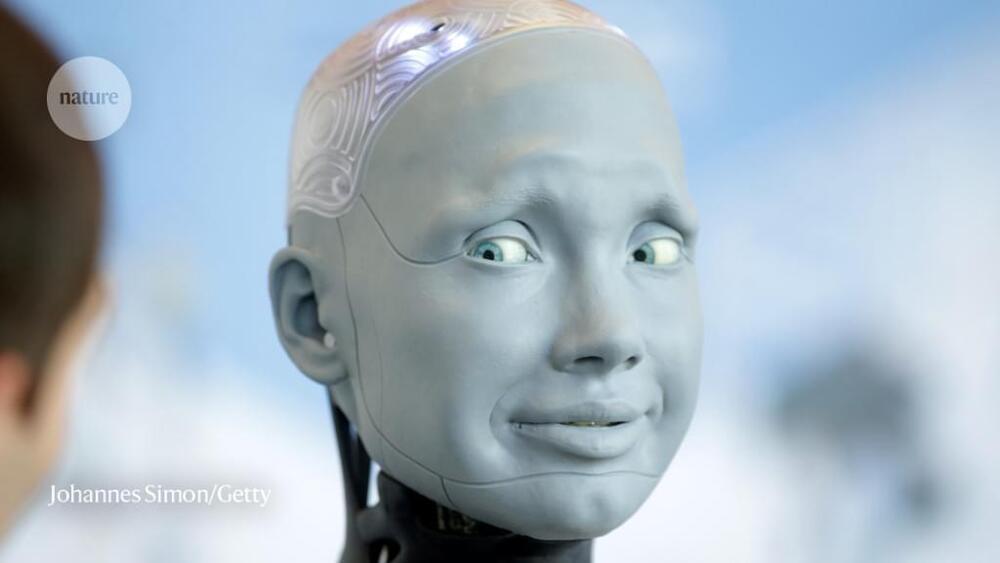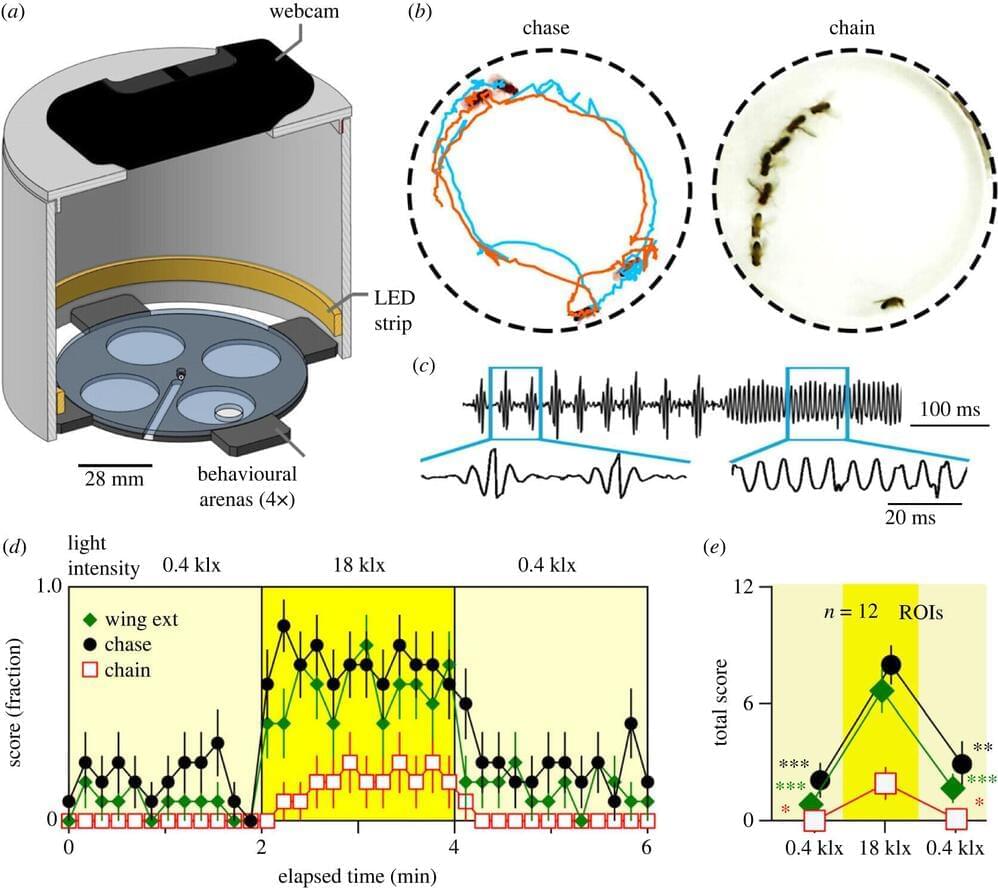Aug 29, 2023
A ‘mini-brain’ traces the link between concussion and Alzheimer’s disease
Posted by Shubham Ghosh Roy in categories: biotech/medical, neuroscience
How much time elapses between a blow to the head and the start of damage associated with Alzheimer’s disease?
A device that makes it possible to track the effects of concussive force on a functioning cluster of brain cells suggests the answer is in hours. The “traumatic brain injury (TBI) on a chip” being developed at Purdue University opens a window into a cause and effect that announces itself with the passage of decades but is exceedingly difficult to trace back to its origins.
“We’re basically creating a miniature brain that we can hit and then study,” said Riyi Shi, lead researcher and the Mari Hulman George Endowed Professor of Applied Neuroscience in Purdue University’s College of Veterinary Medicine. “We know there’s a link between TBI and Alzheimer’s; that’s well established in clinical observation. But teasing out the basic essential pathway is not easy. With the TBI on a chip, we’re able to test a lot of hypotheses that would be very difficult to do in living animals.”
